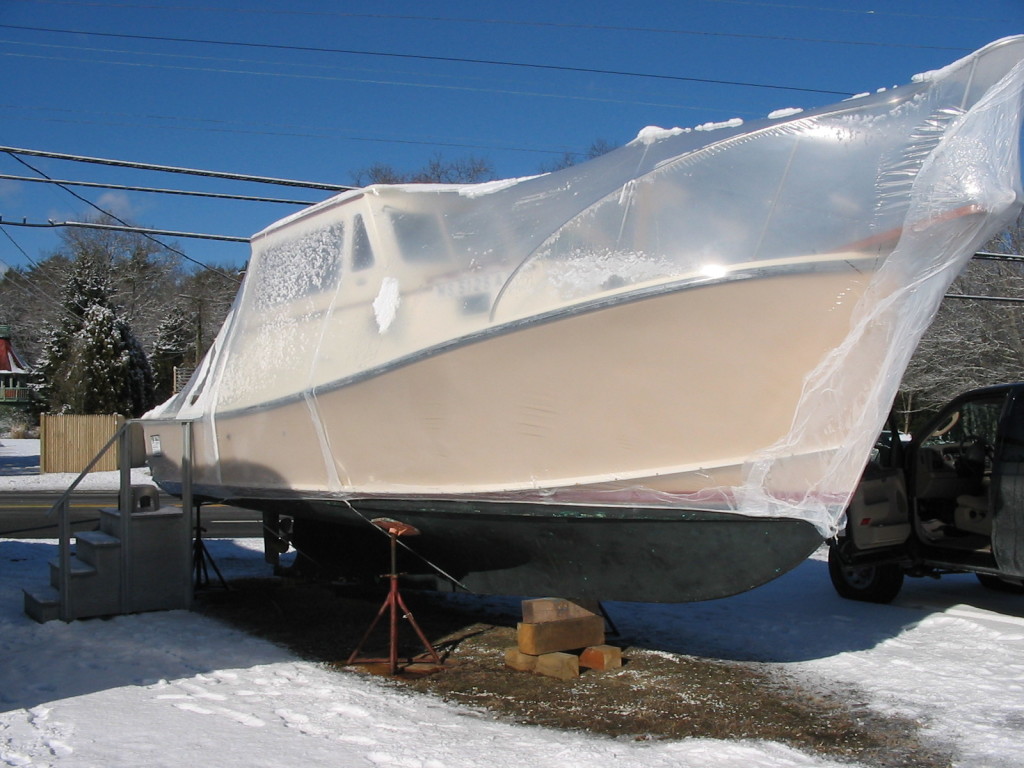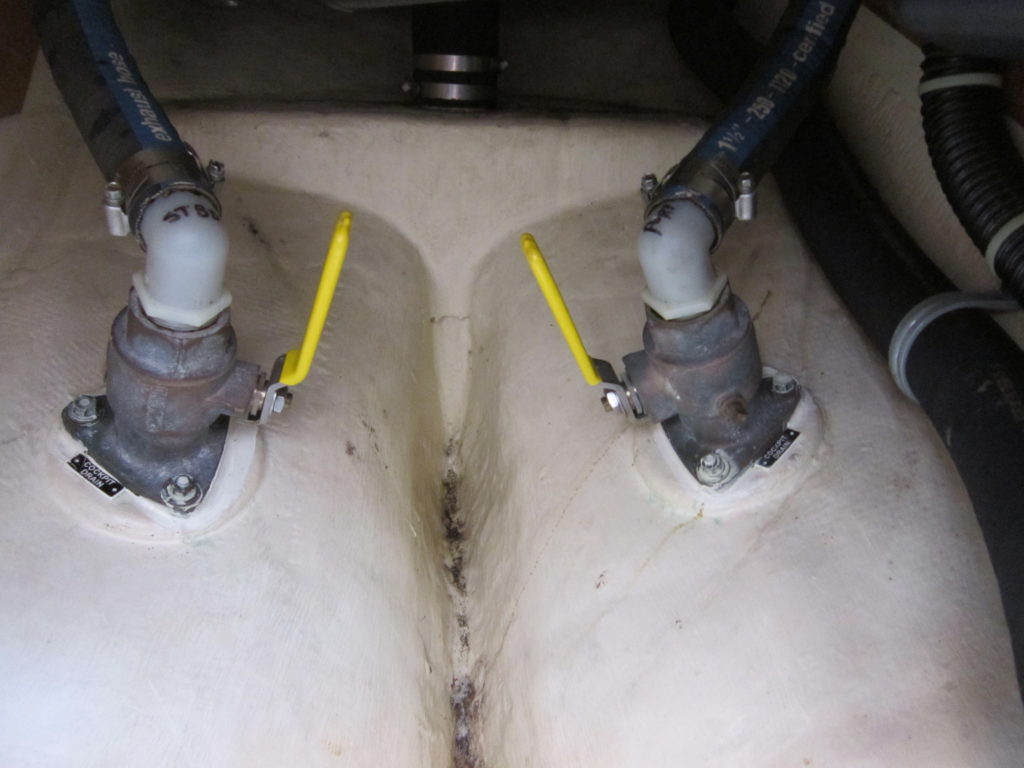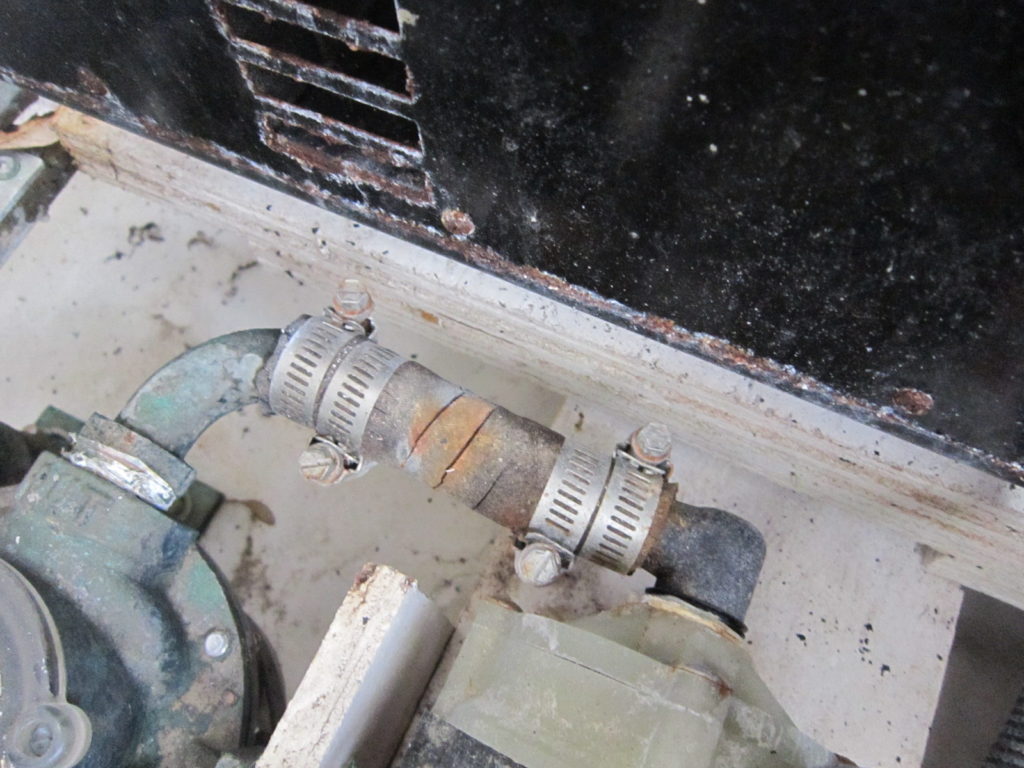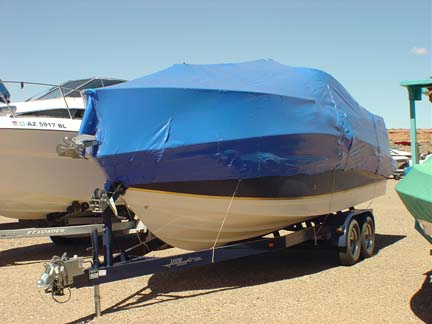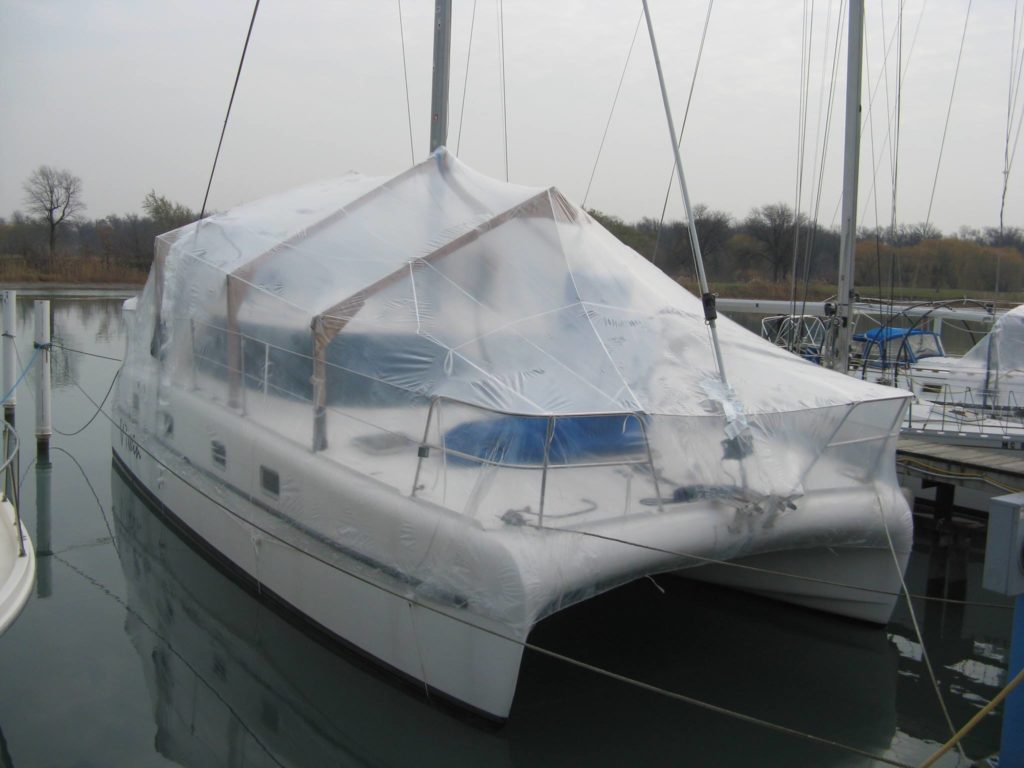Like it or not winter is coming. As much as I hate the thought of no more boating for several months the reality is we must soon get ready for the cold weather. Even those of us who are lucky enough to live in an area where we do not get much snow and little if any harbor ice, we must still take precautions for the coming winter months. In some ways we need to be more careful than our neighbors in the North because we are not always as well prepared for those sudden cold snaps. The following recommendations should help you in getting ready for the winter months.
Check all your hoses and underwater fittings. Close all seacocks that are not needed and check the operation of those that need to remain open. Don’t forget to check cockpit drains and stuffing boxes. Check your bilge pumps; inspect the hoses, connections, and wiring. If anything looks marginal fix it now. Test each float switch not only to make sure it comes on but also that it goes off when the water is pumped out. I recommend filling the bilge with water till the pump comes on then watch that it pumps out like it should and that it does not take too long. Check the high water alarm if you have one and if you don’t this might be a good time to install one. Most boats that sink at the dock do so as the result of failed underwater fittings.
Whether you store your boat on land or in the water keeping her warm inside is not a bad idea, it helps prevent mildew and condensation. But I do not recommend counting on a shore power heat source to prevent freezing. If a sudden winter storm hits it is likely to bring power outages as well as freezing temperatures. It’s simply not worth the risk. Better to play it safe and add antifreeze to your water system, and engine. Drain any water tanks and heaters and don’t forget the head. Use antifreeze in your engine even if it is raw water cooled as this will cut down on corrosion. And please let’s use bio degradable antifreeze. If you do use an electric heater I recommend the small dehumidifier type such as the GoldenRods. These do not have fans to fail and are in general safer. Whatever type you use remember to keep it high enough to remain out of any bilge water and away from any fabrics or flammable materials. The galley countertop or stove top is a good location.
Check your electrical system, make sure your batteries have proper fluid levels (You should check this at least once a month) Check the battery connections for corrosion. Verify your battery charger is functioning properly. Inspect the ends of your shore cord. Most on board fires start at the shore power inlet due to heating caused by loose or corroded plug ends. If you see any discoloration or worn boots replace the end or better yet the cord. Check both ends. A solar panel makes a good reliable charger for maintaining your batteries even if you loose shore power. Remember your bilge pump is useless if the batteries are dead or a connection fails.
I do not recommend leaving covers and canvas on unless they are designed as a storage cover. Most bimimi tops and dodgers are not designed for the heavy winds of a Nor’easter. It is better to take them down and not risk damage in strong winter winds. This would also be a good time to remove sails and canvas for service. Even if you do not need to service your sails and canvas leaving them on the boat all winter just exposes them to whether damage and wear. If you do install winter covers leave some ventilation and if your boat is on land never secure them to the stands used to support you boat.
If you have an outboard motor either as your main engine or for the dinghy now is a good time to have it serviced, or at the very least store it inside and out of the elements. You may find that the local service shop will give you a good deal if you let them service it in the dead of winter rather than waiting till spring and you’ll be ahead of the pack to the water come the first warm weather.
If you store your boat on land remember to remove drain plugs and check deck and cockpit drains at least once a month for leaves and other debris as they can quickly clog drains resulting in flooding. If you leave your boat on its trailer make sure it’s level and avoid parking it under any trees. You may want to block the trailer to take some of the load off the wheels. Even if your boat has a drain plug make sure the bilge pump is operational as drain plugs can get clogged with debris.
And last of all if you do leave your boat in the water check your lines and fenders every couple of weeks. If you do not live near your boat it would be a good idea to pay someone to do this for you, or at the very least tip the dock master well to be sure he pays special attention to your boat.
So to sum up:
1. Check all underwater hoses and fitting including drains and stuffing boxes. Shut off unneeded seacocks.
2. Whether on land or in the water check your bilge pumps and batteries.
3. Do not count on electric heaters to keep your systems from freezing. Drain water systems and tanks, fill fuel tanks. Use biodegradable antifreeze and sleep soundly on those really cold windy nights.
4. Remove covers not designed for long term storage. Make sure any winter covers are properly secured
(Not to any boat stands) and allow for ventilation.
5. Remove and store outboard motors. Winterize inboard motors with anti freeze.
6. If on land check all drains, check stands and supports, If on trailer make sure its level and not under any trees. If in the water check all the lines and fenders.
7. Check your boat often during the winter, just because you are not using her does not mean she still does not need your attention.
Take the time now to get ready now and avoid problems in the spring.
Capt. Wayne
